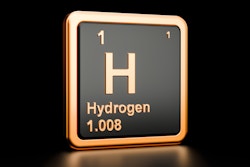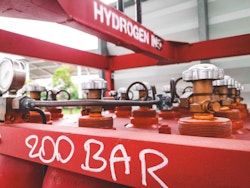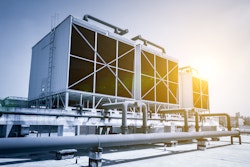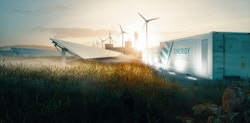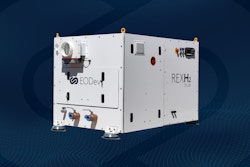Currently, 95% of the hydrogen produced in France is of fossil origin, like almost 99% of hydrogen produced in the rest of the world. It is most often obtained from the steam reforming process of methane, the main component of natural gas. Each kg of hydrogen thus produced emits 12 kg of CO2, and its price varies from 1 to 2.5€ per kg. Nearly 45% of world production comes from this technique.
About 25% of hydrogen production comes from "co-production" of refined products from hydrocarbons, which is then called "fatal" hydrogen. Its production cost is variable since it is a "residue" from the production of other chemical elements, and therefore its carbon footprint is too.
A third method uses coal, burned at a very high temperature (1200 to 1500°C) to separate hydrogen – which should be called dihydrogen H2 – from CO2, in the form of gas. This production, about 30% of the total, makes it possible to obtain hydrogen whose price per kg varies between 1.5 and 3€, but releases 19kg of CO2 per kg of hydrogen into the air.
These are industrial models that produce "grey" hydrogen. "Green" hydrogen, which only contributes less than 1% of global production (about 5% in France), comes from the use of carbon-free or renewable energies (solar, wind, etc.). Water electrolysis, which allows a zero carbon footprint, represented only 0.1% of global hydrogen production in 2019, due to its relatively prohibitive production cost compared to other methods, one kg of hydrogen costing between €3 and €12 for its production alone (excluding the cost of transport, distribution, etc.).
To enable the large-scale deployment of "green hydrogen" in the future, electrolysis from a renewable energy source is one of the paths, and it is clearly one of the options selected by the 2020 recovery plan to make France and Europe champions in the production of "green" hydrogen.

